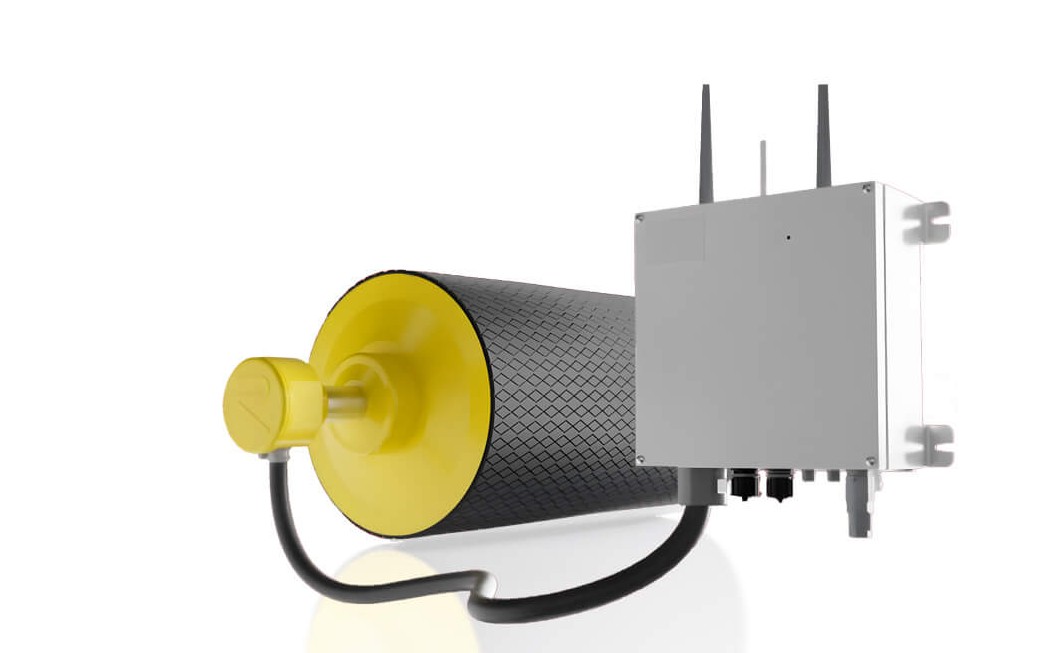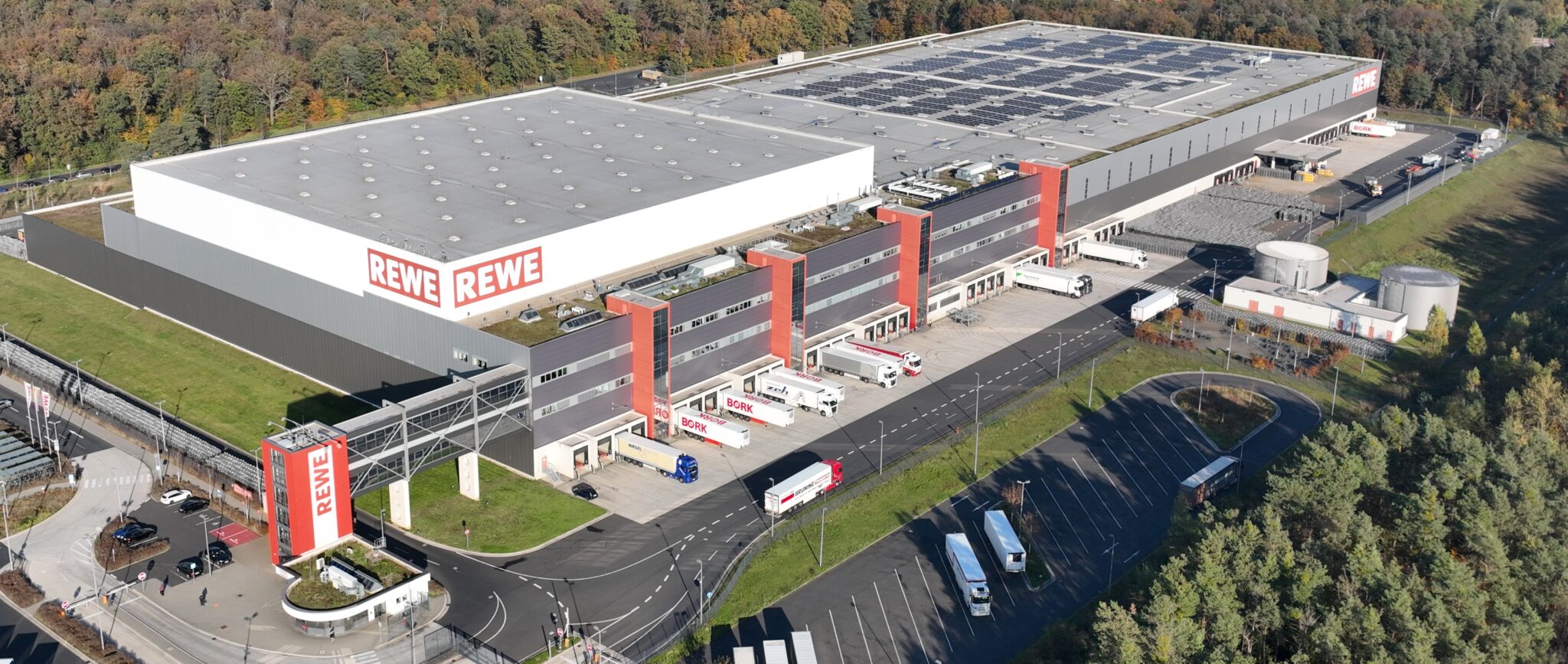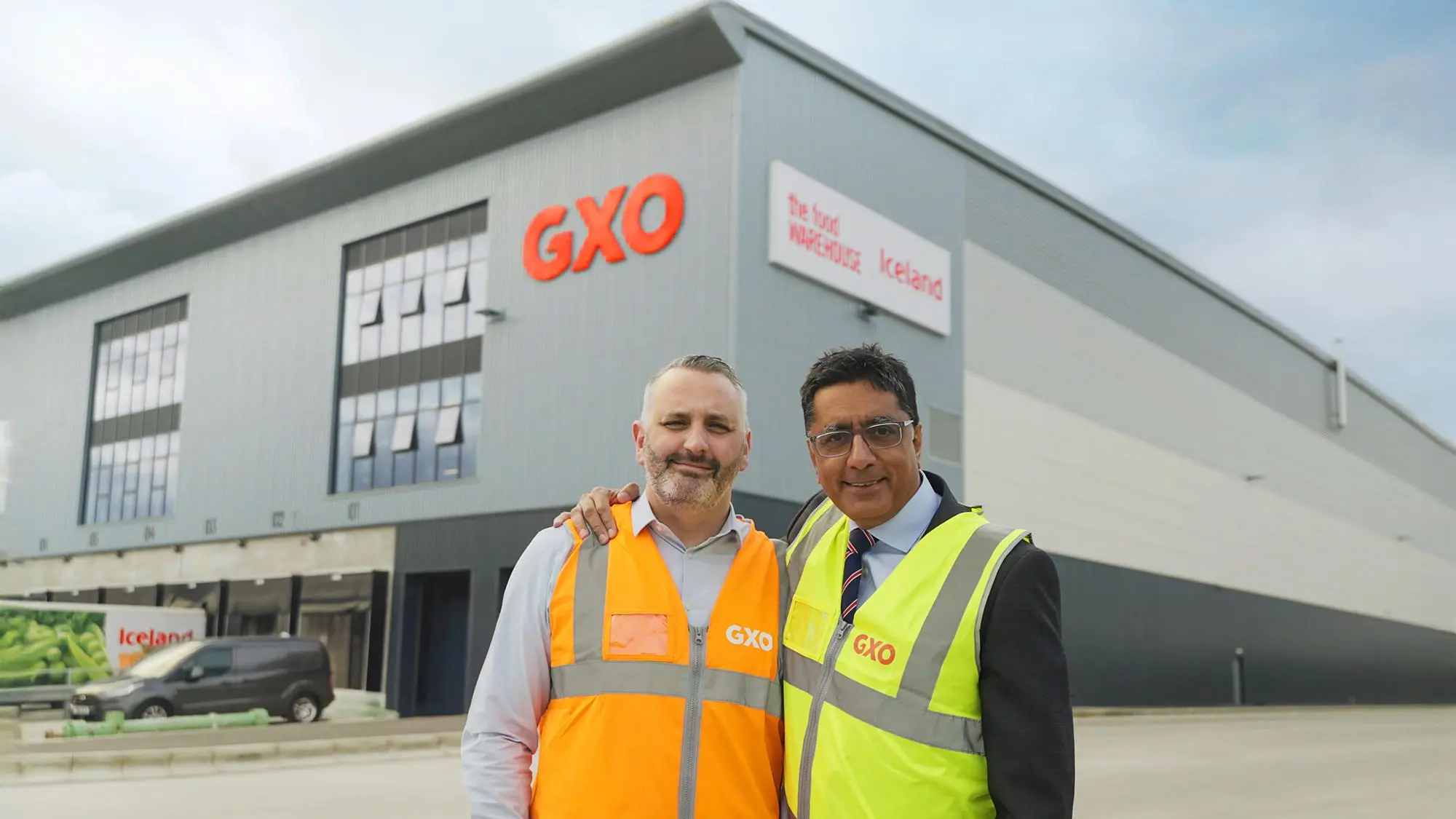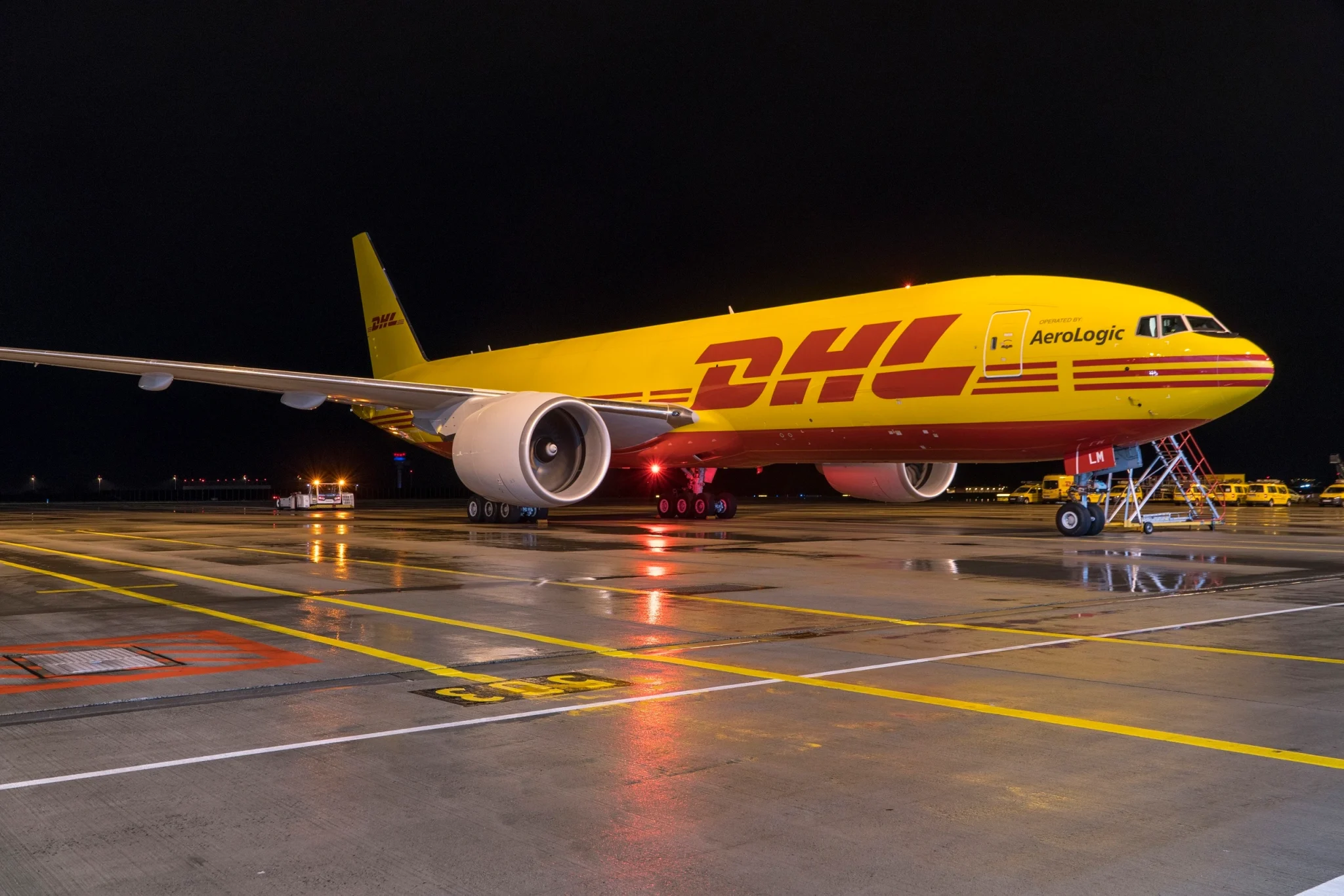Today’s forklift industry experiences both as many changes as challenges. Over the last year we’ve seen strong shifts in demand and supply, leading manufacturers that are forced to innovate and change course – fast. But as always, challenges bring opportunities. What can we expect from the year 2025? Where is the material handling equipment industry headed? And which factors will impact the way the forklift industry and supply chain will operate?
This years’ Market Outlook from Lisman Forklifts, a leading used forklift dealer, sees CEO Koen Lisman (pictured) discuss his expectations and address opportunities and pitfalls that our industry will encounter.
The market for used material handling machinery continues to evolve, shaped by economic conditions, shifting trade policies and changing industry priorities. While global uncertainties remain, overall demand remains strong, with businesses adapting to new challenges and opportunities. As trade regulations shift and buyer expectations evolve, companies operating in this space must navigate a dynamic landscape. From regional market shifts to strategic investments in refurbishment and efficiency, key trends are influencing how businesses approach used equipment.
This market outlook explores the factors shaping demand, offering insights into where the industry is headed next. “There’s a trend change happening on multiple levels and those shifts have been going on for a while now”, Koen Lisman, CEO of Lisman Forklifts, says. “In our ‘line of work’ demand and willingness to invest persist.”
“Primarily the macro-economic expectations aren’t all that bad. Looking back to the same period last year, this years’ outlook is a lot more upward. With the clear exception of Germany and the serious challenges the country is facing, the world economy is cooling off – but only slightly. Despite the election of Donald Trump and the impact of his global trade agenda, the market is persisting. Resulting in more protectionism and a slight increase in interest rates.”
Taxation and import duties
The market is still experiencing a ‘healthy demand’, Koen sees. “Despite the geopolitical tensions and several areas of instability around the world, so far a full-blown crisis has been avoided. So there’s no reason to assume that a crisis will materialize.” But, trade barriers like the ‘Trump Tax’ and the ongoing struggles with China, will trigger change for Europe based companies – like Lisman Forklifts. “The markets will become more dynamic than ever in Europe for us, but surely offering great opportunities.”
One of the instigators of this shift is the increased import taxation on electrical cars from China into EU countries. It’s plausible to assume that these imposed ‘fees’ will also become a factor for the forklift industry. If introduced, mainly the second hand market will benefit from the legislation. “Chinese manufacturers are competing heavily with used (European) forklifts. This can lead to a notable advantage for ‘Europe’, specifically within the industry we’re in.”
Europe’s Advantage over China
That might be a welcome break from the emergence of presence and competition from Asia that Europe is experiencing. The mass production of batteries, the upsurge of dedicated dealerships and distribution hard and the increased availability: Chinese manufacturers mean business. “What we see is that Asian manufacturers are now more focused on building organisations, rather than products. But, the expected additional import duties will reduce the competitive price advantage significantly.”
But that’s not the only reason why European manufactured machines will withstand the competition – especially in the used forklift industry. “The machinery we’re trading, is a segment where China struggles to get a foothold. Western manufacturers are geared towards operator safety. Ergonomic designs, focused on health, and features that reduce the risk of accidents: in markets where drivers, their environment and safety are paramount, European brands have an advantage.”
Robots on the Rise
The growing trend of labour market scarcity highlights the increasing importance of modern employment practices, such as prioritising driver well-being through ergonomics and driver experience, ensuring employee happiness by providing great facilities and working conditions. “An operator that feels safe while working with machines, will be happier and more productive at work. Great workplaces mean great results.” And less need for investing heavily in innovation…
While the shortage of qualified personnel will persist and the evolution of robotisation continues, there’s an important factor to take into consideration. “It is important to acknowledge that the robotisation requires a huge investment of capital. This makes turning your warehouse into something from a Hollywood movie only feasible for larger corporations, like the Amazon’s of this world. The financial barriers are typically far too significant for SMEs.”
The impact of robotisation on Lisman’s line of work will be minimal, Koen expects. “Robotisation primarily targets warehouse machinery rather than the – in the used equipment market – dominant counterbalanced forklifts. Specialised machines substituted by AGVs like order pickers, reach trucks and pallet trucks often lack resale value due to their customised configurations. Add the Chinese price pressure on machines and operations makes that I don’t see big changes taking place.”
However Chinese manufacturers will continue to gain ground in markets where material handling machinery is non-critical for business operations and machine usage is limited, often only occasional. But, there’s a danger here. The famous Dutch saying ‘Going cheap often costs more’ could apply here. “Chinese manufacturers excel in producing electric forklifts powered by lithium-ion batteries, capitalising on the broader industry trend.”
The price of going ‘cheap’
“Customers are increasingly opting for these solutions over traditional lead-acid batteries due to the narrowing price gap. However, this shift sometimes occurs without adequate preparation. While lithium-ion batteries offer fast charging capabilities, lead-acid batteries require service, and complex handling due to swapping batteries. This advantage is offset by the risks and environmental demands associated with lithium-ion technology.”
“Insurers and labour inspectors impose constantly increasing stringent requirements, such as designated machine loading areas, sprinklers and enhanced safety protocols for locations using lithium-ion batteries. Consequently, the initial price and usability benefits are weighed against the significant capital expenditure and space requirements. These demands are becoming so substantial that insurers may eventually refuse coverage – even with safety measures in place.”
Focusing on used material handling machines in today’s world, the proposition becomes more and more appealing. “Carbon footprint has become a significant societal concern for businesses, prompting them to prioritise environmental responsibility. This expectation stems from both self-driven commitments and mandatory requirements, such as ESG policies for larger corporations and the pursuit of carbon neutrality.”
As guidelines and regulations trickle down to smaller businesses, used machinery emerges as a more logical and environmentally sound investment compared to new machines. “Research carried out by Jungheinrich shows that a refurbished machine results in up to 80 percent less CO2 emissions than producing and distributing a new machine. Nowadays, we all realise the importance. And if not, there’s always governments, investors and potential buyers that will.”
Building networks
“Our proposition is becoming appreciated even more over time”, Koen says. “Not just from an economical standpoint, also when it comes to complying with sustainability goals. It’s starting to come alive.” Through light-refurbishment we bring machines in a condition for a second or even a third life. A purpose the machine often would not have had other than scrap metal. Lisman actively searches for markets and applications suitable for these machines, building international networks.
“Yes, it’s our business model, but it’s also something that is appreciated by OEMs in an even more sophisticated but costly manner. They are actively working on increasing capacity of their own refurbishment centres.” They need to. With the decrease in sales markets, extending the lifespan of machines is essential. Moreover, creating refurbishment capacity for end-user ready equipment allows the OEMs to become more competitive, offering tailor-made mixed fleets of refurbished and new equipment to their key accounts. From a business perspective, as well as sustainability requirements, refurbishing returned rentals is not longer ‘nice to have’. It’s a must have. “Which is why Linde, Toyota and Jungheinrich started doing this years ago.”
Need for critical mass
It’s all down to ‘What do you add to the supply chain’, Koen finds. “Everybody sees that expanding the lifespan is necessary – on multiple levels. I firmly believe that the type of trader that’s only in the business for a quick pay-day through passing machines on is a dying breed. In today’s world you are forced to provide more added value through know-how, investment and capital. There’s a need for a critical mass which cannot be achieved by small-scale operations.”
The cake continues to get bigger: experts forecast that by 2035 more than 3 million forklifts are expected to be shipped per year. A far cry from the 700,000 during the crisis time in 2009. OEM initiatives will not be at the expense of Lisman Forklifts. “We are noticing a dual relationship with suppliers. OEMs are concentrated on doing full-refurbishment, dedicated to bringing near-new-state machines back to the market. This serves a different segment of market demand, targeting the end-user directly.”
“What we are noticing in day-to-day activities and customer engagement is that our reseller customer base is willing to pay a premium for machines that they can quickly pass on to their end customers. They’re having more trouble buying machines that require refurbishment. There’s a strong desire to send an invoice as quickly as possible – and a shortage of mechanics and technically qualified personnel worldwide to carry out repairs and maintenance.”
“Ready-for-market machines and service contracts are becoming the new standard. Light-refurbishment is enough to match expectation of the resellers and offers a quick solution where the need is high. We have a multi-brand network and expertise and have economies of scale at our disposal. We’re efficient – in all areas. I still don’t have a crystal ball, unfortunately. But because we have boots on the ground in all parts of the world, working closely with OEMs and SMEs, we have a clear picture of which way trade flows and market trends are moving. My projection? We’re going back to normal – for now.”
While demand for used material handling machinery remains strong, the other side of the equation – the supply side – is just as crucial in shaping the market. Factors such as availability, refurbishment capacity and OEM strategies all play a role in determining what’s on offer.
similar news
Improved Outlook for Sales, Lowered Expectations for Orders












